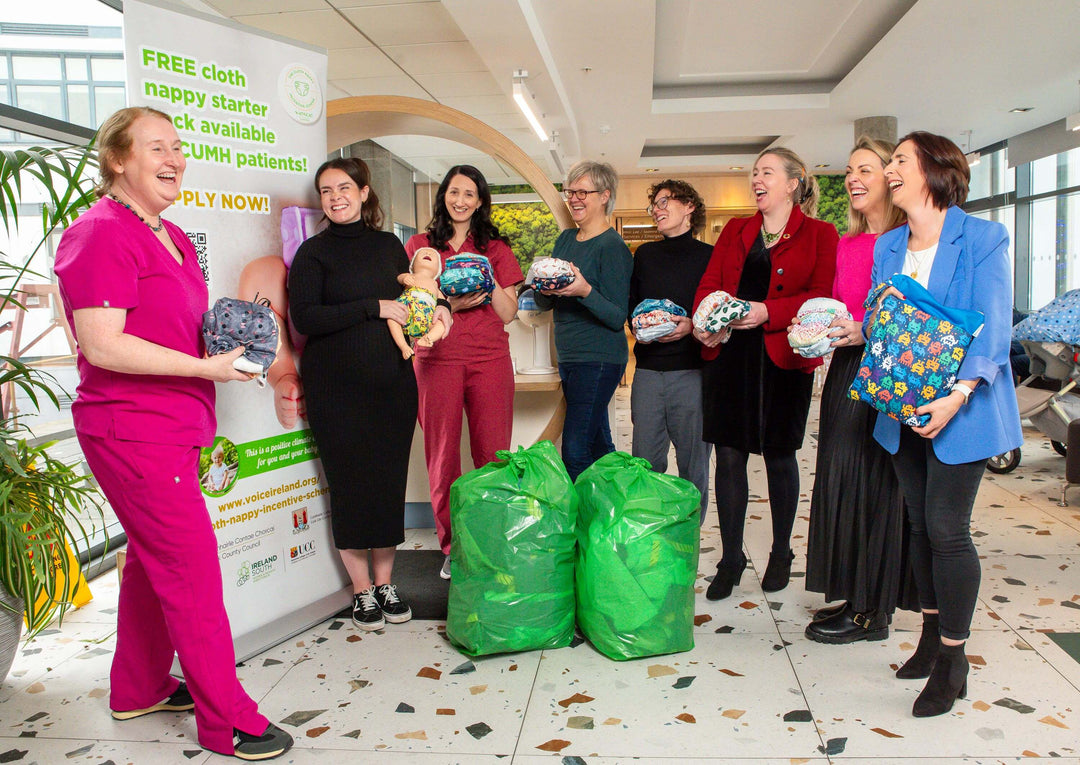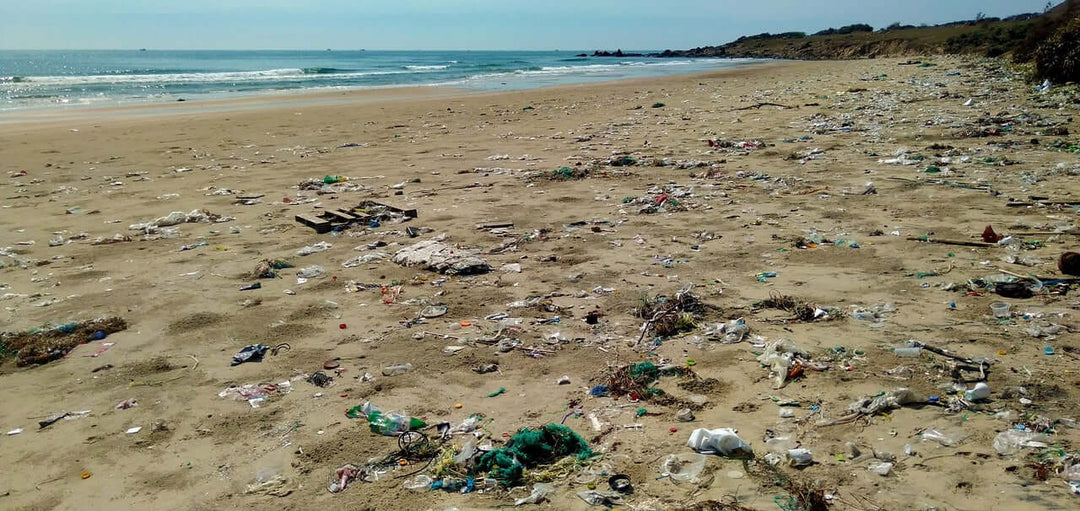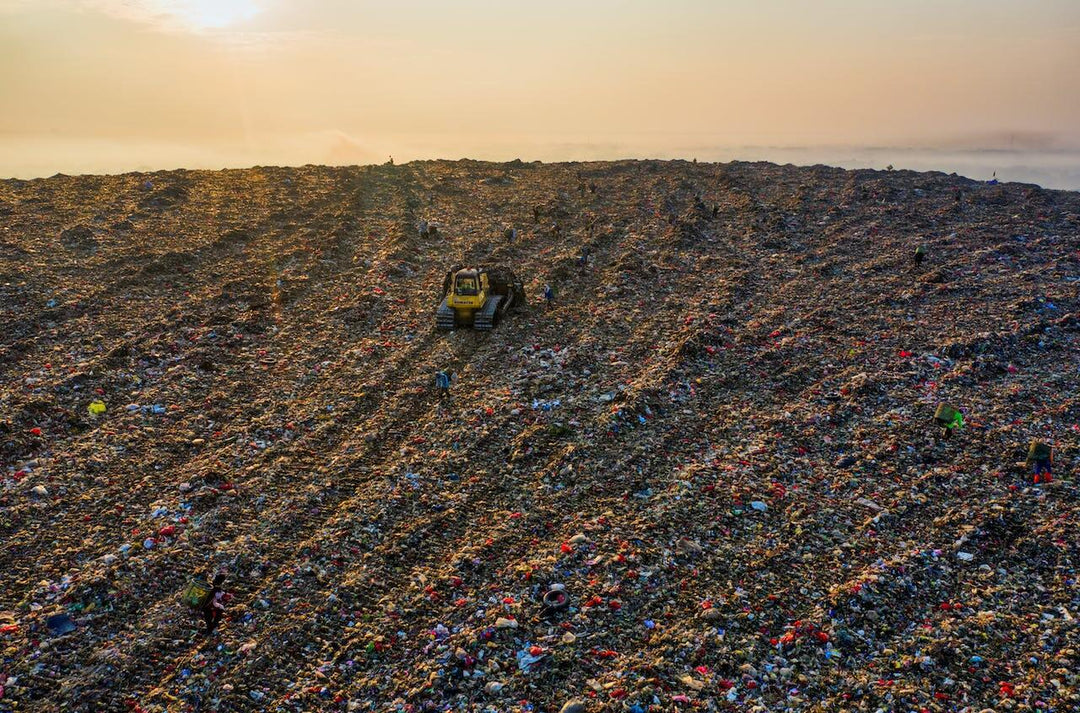Cloth Nappies – Let’s discuss some misconceptions and myths
Cloth Nappies – Let’s discuss some misconceptions and myths.
There are so many misconceptions and myths circulating about reusable cloth nappies, so we asked our customers for the ones they’ve heard most often.
"They always leak so they have to be changed more often.”
Leaks almost always relate to fit. At Summer Sweets Baby, you can be assured that we only stock quality brands, thus minimising any quality issue you may experience. All of our brands undergo extensive testing prior to being offered for sale. As a parent, if you get the fit right and ensure the nappy is boosted with the correct absorbency, you should have no issues with leaks. Day time cloth nappies will last between 2-3 hours, and there are also specific cloth nappies you can purchase for night-time use that will ensure your baby stays leak free for longer periods.
“My baby will have hip problems from reusable nappies, they’re so bulky!”
Let’s break this down: Hip development and Walking
A baby’s hip bones will fuse into their socket joints between 24 to 36 months of life. The hip joint attaches the thigh bone (femur) to the pelvis. The top of the baby’s femur (femoral head) is rounded, just like a tennis ball, and sits inside the cup-shaped hip socket.
Indeed, there are some small-scale studies that conclude that the use of good fitting cloth nappies can help push your baby’s hips into an optimum position and can sometimes aid in preventing or correcting hip problems. Some Podiatrists and Orthopedic Surgeons will recommend putting a baby with hip problems in cloth nappies to support the hips as they develop.
But that is not our remit, nor do we profess to be experts in this field. What we can conclusively summarise is cloth nappies do not adversely impact hip development.
Regarding walking, every single baby is unique and therefore will learn to walk at different stages and ages no matter what type of nappy they are wearing. There is utterly no evidence-based research that will say cloth nappies impede normal motor development or inhibit this in any way.

"Cloth nappies are not better for the environment.”
This is false. Many will cite a deeply flawed study by the UK Environment Agency which was published in 2005. However, this study was later edited and updated in 2008 and diverged from their original findings and accepted that the use of cloth nappies was actually beneficial for the environment.
Since 2005, every major study of note has strongly encouraged the use of cloth nappies, including a detailed study from Zero Waste Europe in 2020, which is supported by the LIFE Programme of the European Union.
"Cloth nappies are hard. They sound like too much hard work.”
One our first ever customers emailed us a quote that we still use to this day:
Just keep it really simple. Break it down: it takes less than 5 minutes to put on a wash, less than 5 minutes to hang to them up to dry or pop them to the tumble dryer, and less than 5 minutes to put the nappies away. And you do that twice a week.
Cloth nappies are indeed simple in design. There’s a waterproof bit to keep liquids in, most commonly known as PUL or TPU fabric, then the absorbent bit to soak up the liquid. If one system of nappy doesn’t work for you, there are others to try. Some like a mixture of styles. It’s completely up to you and your baby. Find what works best for you!
"They cost so much more money than disposables.”
Again, this is false. You decide how much you spend on cloth nappies.
Let’s do some basic calculations. An average child gets through 1,600 nappy changes a year before toilet training, which takes up to 3 years. With 60,000 children born in Ireland each year, we could be looking at 96 million nappies going to landfill annually in this country. Just imagine the worldwide tally for this.
When averaged over 3 years, your little one will need 7 nappy changes per day. At an average of €0.20 per nappy that is €1.40 per day, €511 per year, and €1533 for 3 years. Please bear in mind that bin charges would be additional to this.
Now let’s consider reusable cloth nappies. Cloth nappies are not just beneficial for the planet but also your wallet.
Should you wish to only use cloth nappies, you will need a stash of roughly 25 nappies. Regardless of what type of cloth nappy system you opt for, this will amount to an outlay of €330. When washing and drying costs are also factored in at the average Irish rate, a total cost for using cloth nappies only is €475.
Disposables = €1533 for 3 years. Cloth nappies = €475 for 3 years.
Yes, this is a higher upfront cost, but the savings are simply incredible before you consider the environmental benefits too. Even more so if you use your stash of cloth nappies for another child!
“They smell!”
When you change your baby you will place the nappy into a dedicated wet bag, nappy bin, or pail until you have a full load, thus ensuring an economical wash. Should there be any poo in the nappy, this is carefully rinsed off or simply plops into the toilet.
These dirty cloth nappies will be then be washed within 3 days. They will not emit a putrid and foul odour in your garbage bin for up to a fortnight until their next collection.
“Do you need a second washing machine?”
No, this is just silly and utterly unnecessary. If exclusively breastfed, baby’s dirty nappies can actually go straight into your washing machine. This is absolutely fine for the machine and will not have any effect on long term washing performance or smell. The poo is water soluble and simply washes away at this stage. For formula fed babies or baby’s on solid food, either rinse or dispose of the poo before doing your wash.
“Will my baby have a higher chance of getting nappy rash?”
Nappy rash is a concern for all new parents and is usually caused when urine or poo has been in contact with your baby’s skin for too long or if your baby’s bottom has not been properly cleaned and dried after the previous nappy change. This is all about maintaining good hygiene; good hygiene etiquette, regular nappy changing, and ensuring your baby is dry before putting a new nappy. These are the best ways to prevent nappy rash for all babies, regardless if you choose to use cloth nappies or disposable nappies. Cloth nappies do not contain any unwarranted chemicals or fragrances.




